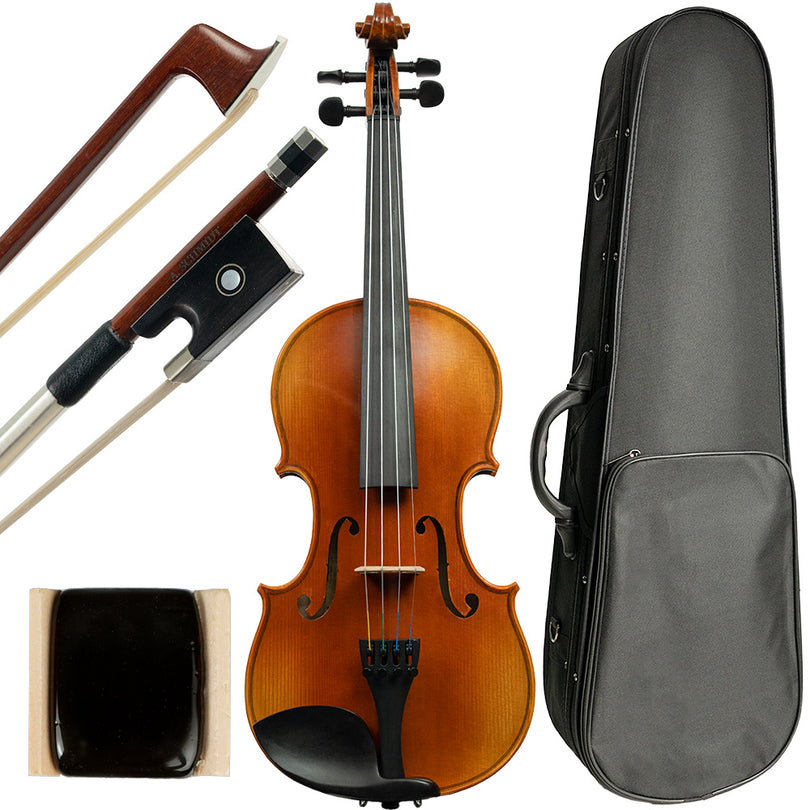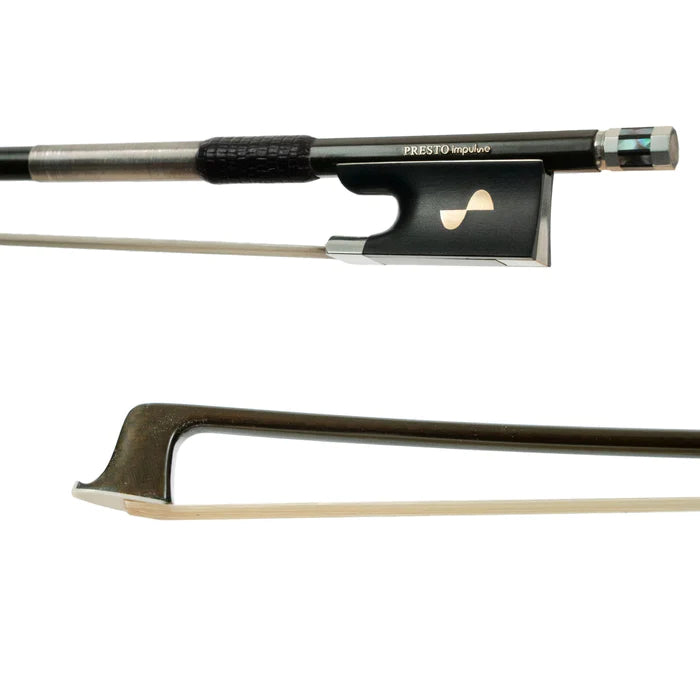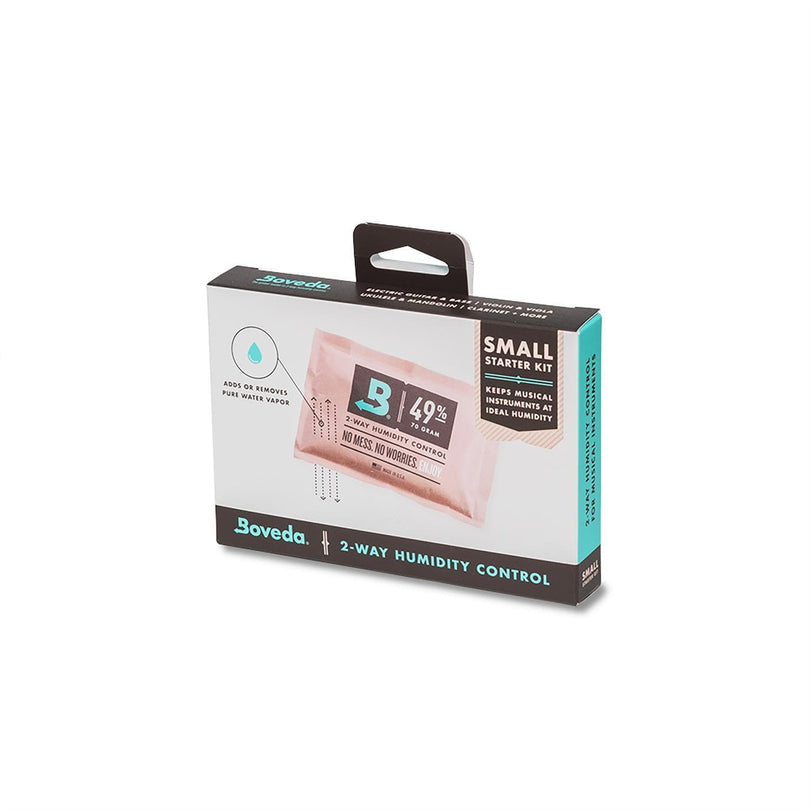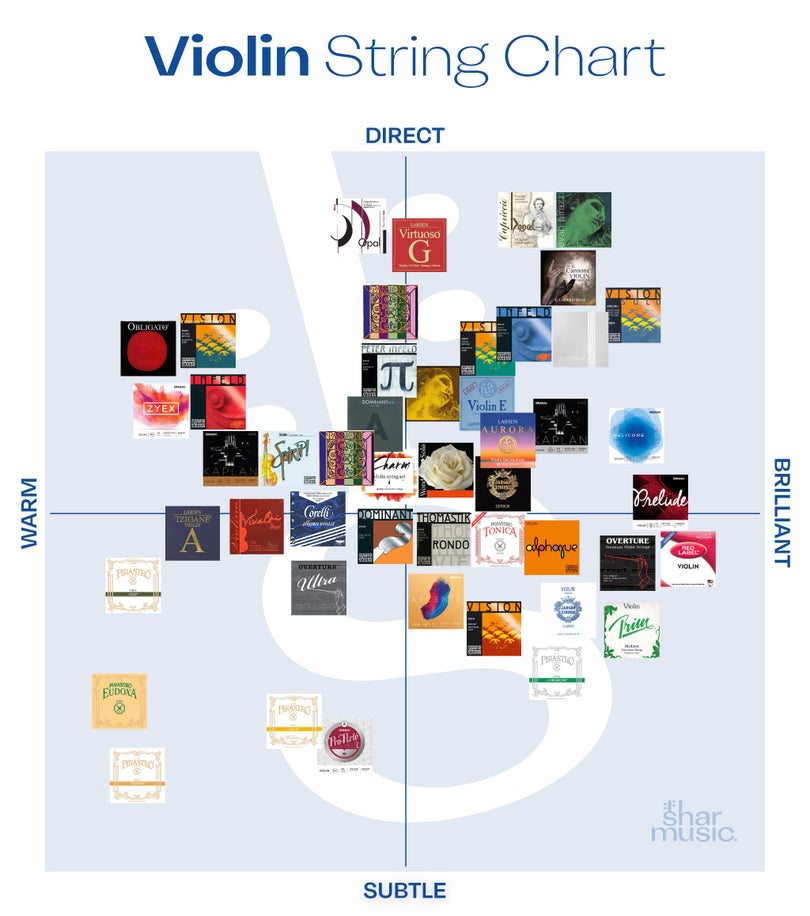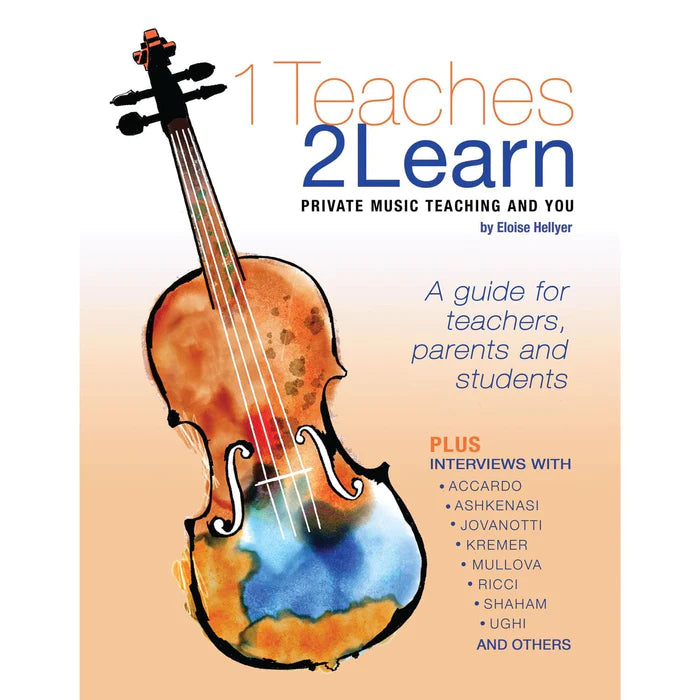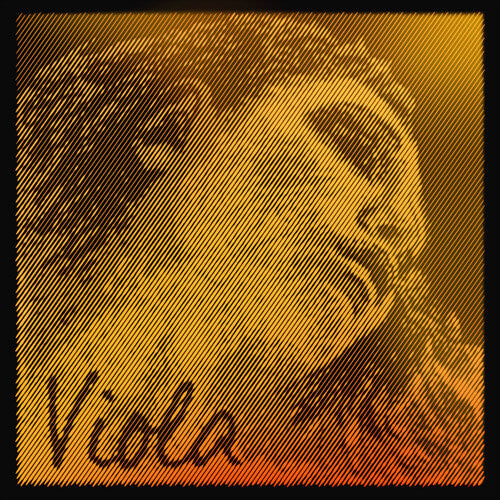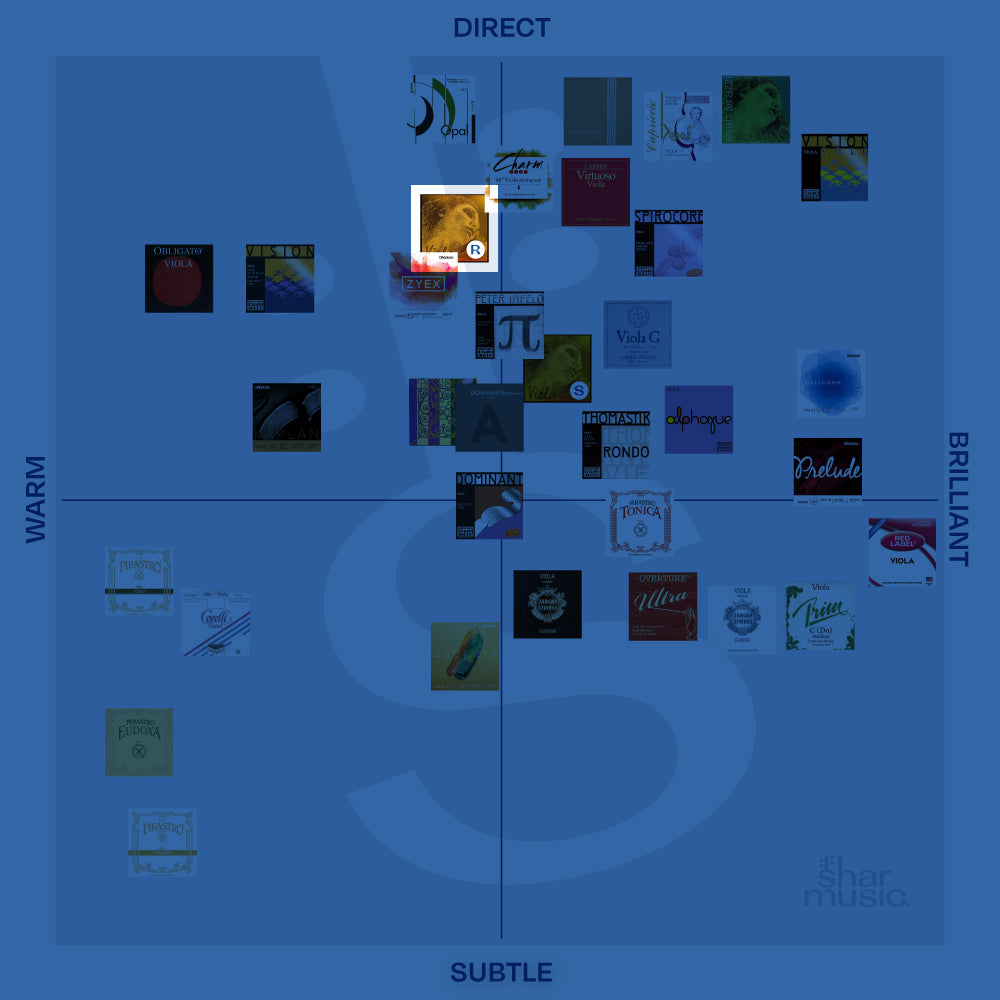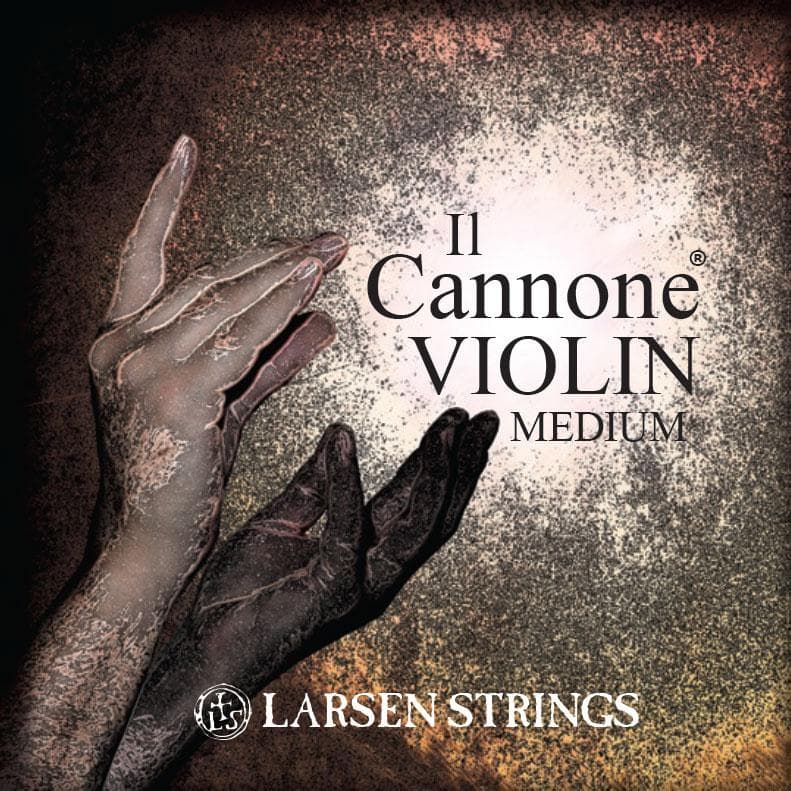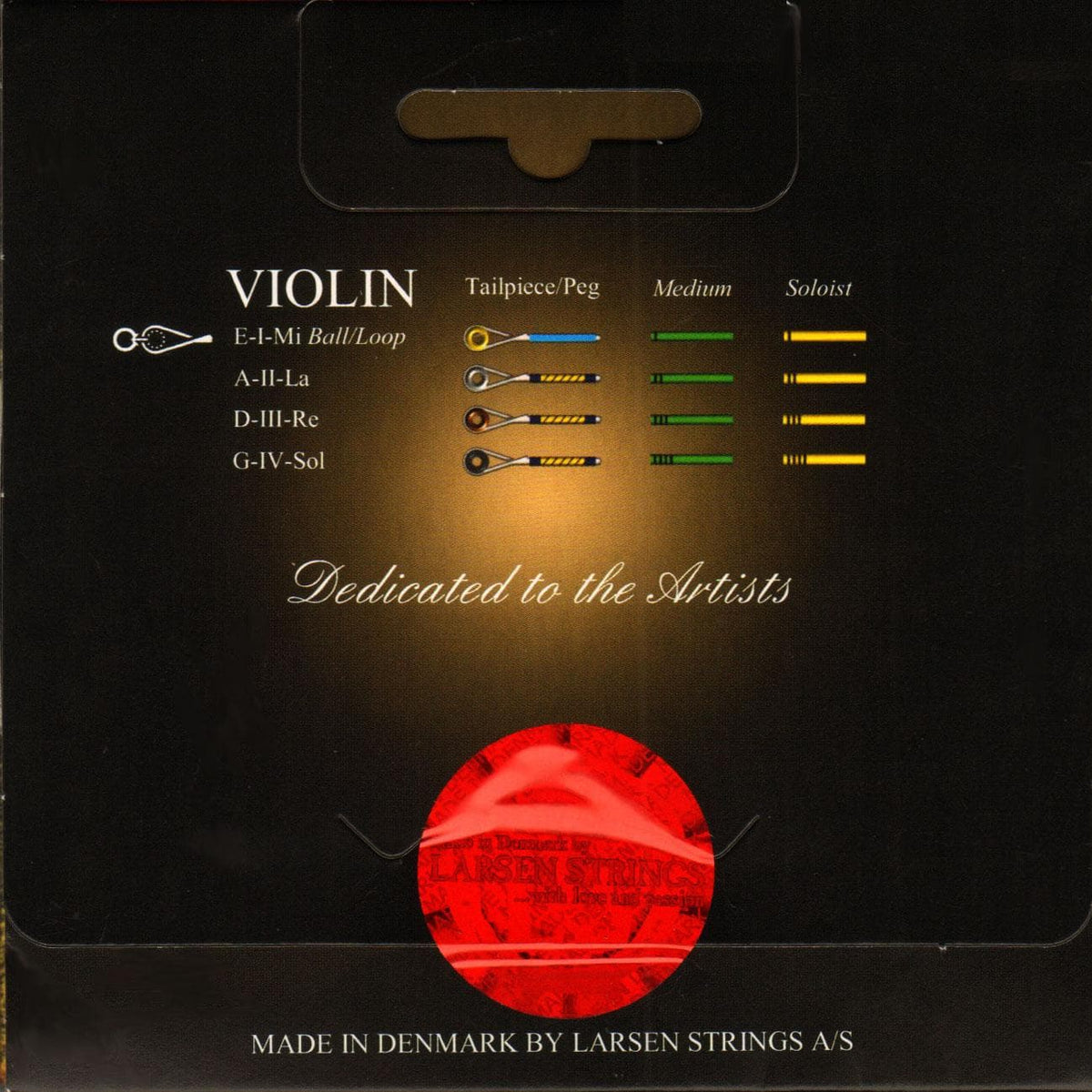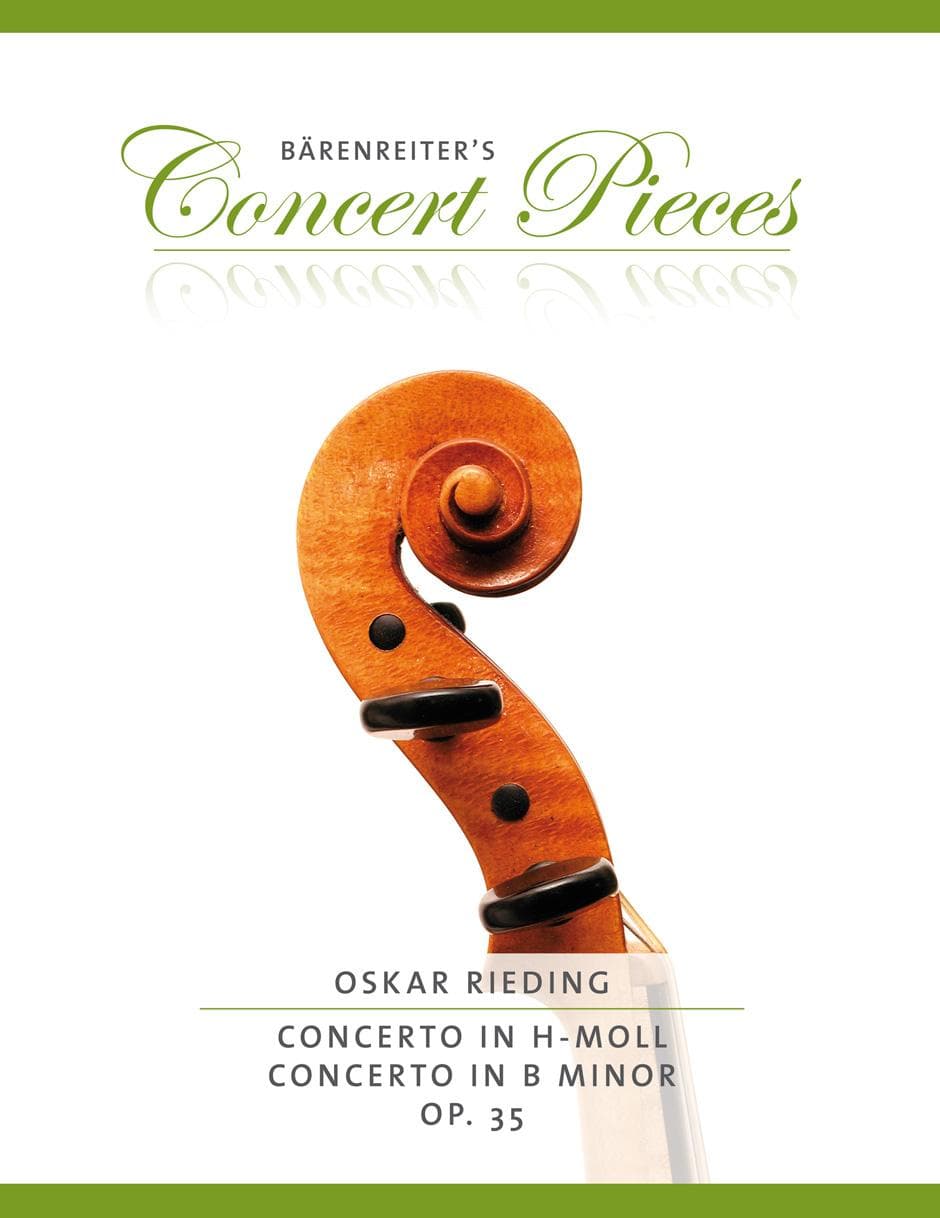
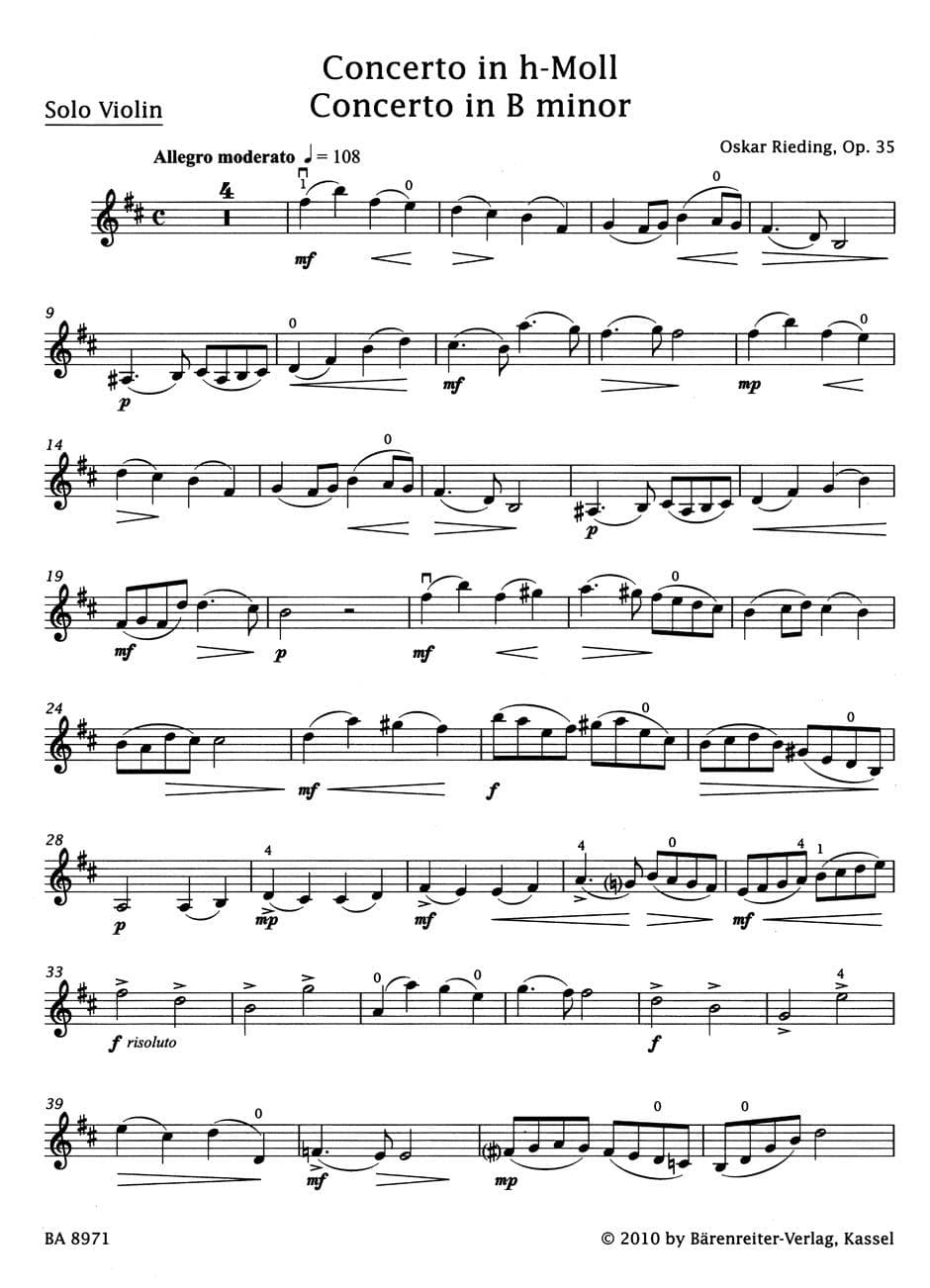


Shar Music
Rieding, Oskar - Violin Concerto in B Minor, Op 35 - Violin and Piano - edited by Kurt Sassmannshaus - Bärenreiter
Quantity:
REVIEW VIDEOS
This series comprises the most popular beginner concertos for violinists. The editions include a solo violin part and a piano reduction for the accompanist. The series is edited by Kurt Sassmannshaus, the internationally renowned violin teacher and co-author of the Sassmannshaus violin method. The concerto volumes form an ideal continuation of this method and can be used in parallel from volume three onwards.
Violinist and composer, Oskar Rieding (1840-1918), was for many years concertmaster of the Opera Orchestra in Budapest, Hungary. He composed a lot of pieces for violin and piano and a few concertos for violin and orchestra.
The Concerto in B minor can be introduced after the completion of Volume 2 of the Sassmannshaus Tradition Early Start on the Violin. It corresponds with Violinmasterclass.com Grade Level 2 and ASTA Rating Beginner (1-2).
Skills required for this work:
- Left Hand: 1st position
- Right Hand: Detache, Legato
- Rhythms: Eighth Notes, Sixteenth Notes, Dotted Rhythms
This Concerto requires that the student can play basic finger patterns in first position, including high and low second finger, high and low third finger, and on one occasion a high first finger, A-Sharp on the G string. In the right hand, the student will use both detache and legato bowings with frequent string crossings. The student is encouraged to use different dynamics as well as crescendos and decrescendos.
This Concerto offers a good opportunity to explain the use of bow speed and bow distribution for phrasing. Elementary exercises for bow speed changes can be found on the web site www.violinmasterclass.com under: Master Classes > Right Hand > Bow Speed, Pressure & Sounding Point > Exercises > Bow Speed. When the student is able to practice the bow speed exercise the teacher can explain two examples of using bow speed to attain musical goals.
In bar 33 and 34 of the first movement, the accents are achieved by pulling the bow very quickly at the start of each half note. The end of each half note has a much slower bow speed.
Bow speed changes can also be used to achieve crescendos and decrescendos. The example in bar 5 shows and crescendo which starts with a very slow bow speed and ends with high bow speed on the same stroke. The bow distribution on this up-bow crescendo look like this: The first quarter note is played with 1/4 of the bow; the second quarter note with the remaining 3/4 bow. This produces a very obvious crescendo. The decrescendo in bar 6 is achieved with the opposite bow distribution, 3/4 for the first quarter note, and 1/4 for the second quarter note. The ability to express musical choices with bow speed patterns will make playing this Concerto a lot of fun!
- Kurt Sassmannshaus
Cincinnati, January 2010
Violinist and composer, Oskar Rieding (1840-1918), was for many years concertmaster of the Opera Orchestra in Budapest, Hungary. He composed a lot of pieces for violin and piano and a few concertos for violin and orchestra.
The Concerto in B minor can be introduced after the completion of Volume 2 of the Sassmannshaus Tradition Early Start on the Violin. It corresponds with Violinmasterclass.com Grade Level 2 and ASTA Rating Beginner (1-2).
Skills required for this work:
- Left Hand: 1st position
- Right Hand: Detache, Legato
- Rhythms: Eighth Notes, Sixteenth Notes, Dotted Rhythms
This Concerto requires that the student can play basic finger patterns in first position, including high and low second finger, high and low third finger, and on one occasion a high first finger, A-Sharp on the G string. In the right hand, the student will use both detache and legato bowings with frequent string crossings. The student is encouraged to use different dynamics as well as crescendos and decrescendos.
This Concerto offers a good opportunity to explain the use of bow speed and bow distribution for phrasing. Elementary exercises for bow speed changes can be found on the web site www.violinmasterclass.com under: Master Classes > Right Hand > Bow Speed, Pressure & Sounding Point > Exercises > Bow Speed. When the student is able to practice the bow speed exercise the teacher can explain two examples of using bow speed to attain musical goals.
In bar 33 and 34 of the first movement, the accents are achieved by pulling the bow very quickly at the start of each half note. The end of each half note has a much slower bow speed.
Bow speed changes can also be used to achieve crescendos and decrescendos. The example in bar 5 shows and crescendo which starts with a very slow bow speed and ends with high bow speed on the same stroke. The bow distribution on this up-bow crescendo look like this: The first quarter note is played with 1/4 of the bow; the second quarter note with the remaining 3/4 bow. This produces a very obvious crescendo. The decrescendo in bar 6 is achieved with the opposite bow distribution, 3/4 for the first quarter note, and 1/4 for the second quarter note. The ability to express musical choices with bow speed patterns will make playing this Concerto a lot of fun!
- Kurt Sassmannshaus
Cincinnati, January 2010
Sheet Music Return Policy
If you are not satisfied with this item for any reason, you may return it for a full refund within 30 days of purchase Unless the music received is defective or has been shipped in error, all returned music will be subject to a restocking fee of $2.00 per title
If you have any questions about this product's warranty or to make a return, please contact our Customer Service Department at 8007934334 or email us at Sharserv@Sharmusiccom
If you are not satisfied with this item for any reason, you may return it for a full refund within 30 days of purchase Unless the music received is defective or has been shipped in error, all returned music will be subject to a restocking fee of $2.00 per title
If you have any questions about this product's warranty or to make a return, please contact our Customer Service Department at 8007934334 or email us at Sharserv@Sharmusiccom
Featured products
Available Soon
More Details
